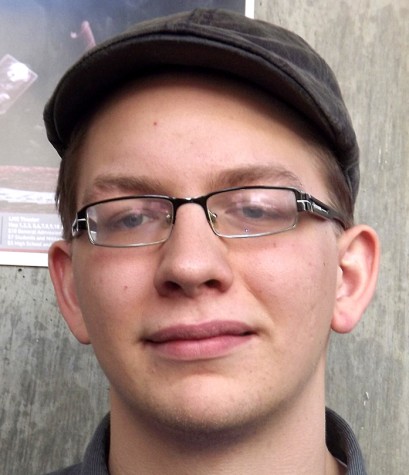Social media must be recognized
November 16, 2017
Social media is arguably the single most widespread contribution to the planet by recent technology. You can keep track of your friends, family, and even your next-door neighbor’s cat if you feel so inclined. The world has become a smaller place, and people are now becoming more connected to one another with the simple click of a button.
But this new technology hasn’t been a one-sided wave of connection and convenience. Making the world more accessible has also made hate speech more accessible, and has allowed it to propagate faster than ever before. Slander, racism, threats of violence, and other forms of malicious messages can now spread across the globe in an instant.
At the end of September, social media sites began a new campaign to snuff out malicious forms of speech on their websites, namely Facebook and Google. Facebook even created another 3000 positions to help police the problem.
One of the most pressing issues, however, isn’t even the domestic hate speech, blatant threats, and “trolling” that seems to be plaguing social media accounts. But rather the difficulty of the government and Silicon Valley corporations to understand how the other works.
This lack of understanding – the struggle to communicate across a cultural gap – slows the progress on the issues incredibly. Corporate culture, is focused on the creation of profits, and avenues for profit. The government concerns itself with the needs of its citizens and their safety and wellbeing.
This creates a rather large difference in interest, one that slows down progress, particularly on the issue of what can and cannot be said on a platform.
Government ultimately wants the sites to be regulated and secure, but this system is far from lucrative. Conglomerates would shy away from limiting the options of their user base, as the decrease in site traffic and registered users would cause a loss in overall profits.
The true solution, however, involves a different culture entirely: student culture. Students and younger individuals provide the vast majority of the user base for social media platforms, finding various tools to circumvent age restrictions, or any other safe gate in place.
Culture change has been proven to actually occur faster, and with a larger effort from multiple parties, if it becomes a group activity. Unfortunately, most people choose to do the opposite of help, and propagate the messages of hate and violence that circulate around the net.
Student populations in the high school and college age range comprise nearly 50 percent of the user base for all social media accounts.
Ultimately, the issue lies in the very hands-off and personal nature that the world has adopted with regards to public space. The majority of people can walk right past screaming and abusive conversations on the street and force themselves to pay no mind, claiming it is either none of their business, or that there is nothing they could do to improve the situation.
This is the fundamental difference between social media and real life. Social media offers an anonymous report function that not only levees an accusation against that individuals account, but also permanently adds to a total of times they’ve been reported. This anonymous process is far safer than intervening in real life, and can be done in only a few minutes.
With college students being the part of the user base with the largest sphere of influence, it’s time that these campaigns for online behavior and user contribution move their focus from the high school students who have been ignoring these messages for decades, and begin to move towards the audience that is capable of creating a change in the world around them.

